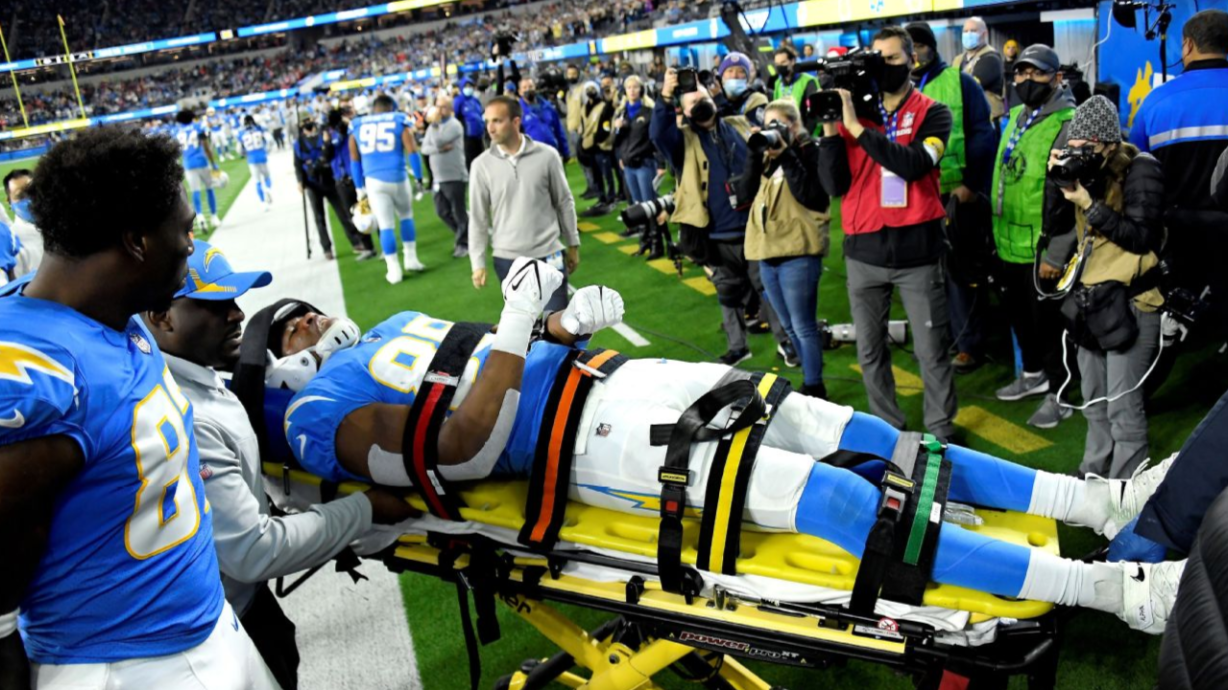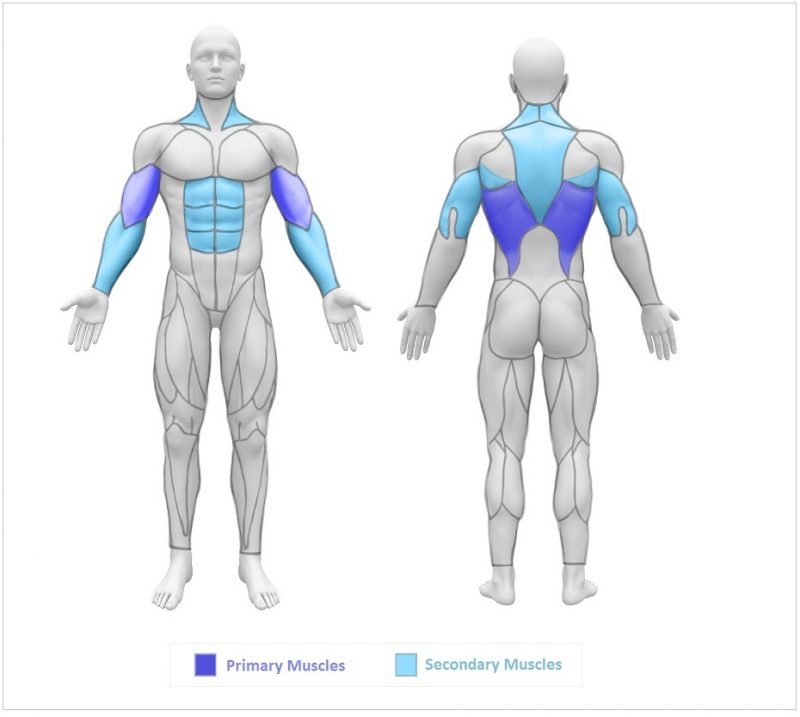Many science fiction stories about dystopian societies with climate disasters involve some sort of synthetic meat grown in tanks on a large scale in an attempt to feed a hungry world. But is lab-grown food just a figment of our imagination forever, destined to remain a product of science fiction? Or could it soon be available as a mainstream product?
As biotechnology advances, the ability to manipulate living organisms like bacteria for benefit grows. Just like the development of synthetic insulin has increased the quality of life of diabetic individuals, the biotech industry has turned its attention towards creating cultured or clean meat to limit the environmental impact of the meat industry [1]. The process begins with isolating stem cells from animal muscles and uses a bioreactor to grow the cell samples into tissue fibers and eventually muscle tissues [2]. According to a biotechnology company that is investigating the culturing of meat, the process could theoretically yield up to 20,000 pounds of meat from a simple muscle biopsy [2]. The process of growing meat in bioreactors has been independently examined by various biotech startups in the United States with some companies venturing out to culture other meat products such as pork and fish [2].
Now, let’s address the elephant (or cow?) in the room. How would this cultured meat taste? Reports from biotech companies report that the meat tastes fairly similar to normal meat as the fat and muscle tissue composition is closely monitored in the culturing process to ensure that the synthetic meat is as similar as possible to real meat [3].
There are many obstacles that cultured meat producers must overcome before the products will be available for mass consumption, including FDA approval [1]. However, cultured chicken products made their debut for public consumption at restaurant 1880 in Singapore to much fanfare [3].
Although modern biotechnology could support the mass production of cultured meats, there are many legal and social barriers that need to be addressed before we see lab grown meat on our plates. Despite the many obstacles that are in the way of cultured meat production, science continues to advance, and we may be eating cultured meat from the serveries before we know it.
References
Rogers, K. Lab-grown meat could make strides in 2022 as start-ups push for U.S. approval https://www.cnbc.com/2022/01/23/lab-grown-meat-start-ups-hope-to-make-strides-in-2022.html (accessed 2022 -03 -12).
Lab-Grown Meat - Scientific American https://www.scientificamerican.com/article/lab-grown-meat/ (accessed 2022 -03 -12).
Lab-Grown Meat Could Feed the Planet | Time https://time.com/6109450/sustainable-lab-grown-mosa-meat/ (accessed 2022 -03 -12).
Lab-grown meat’s promise for cutting climate warming depends on an… https://www.oxfordmartin.ox.ac.uk/news/cultured-meat-climate-impact/ (accessed 2022 -03 -12).










